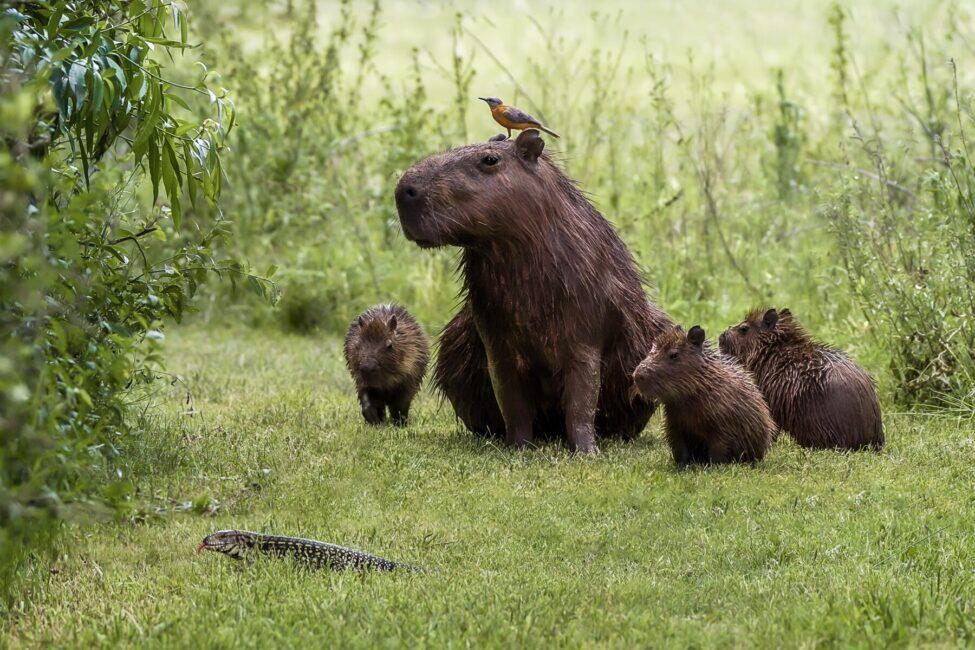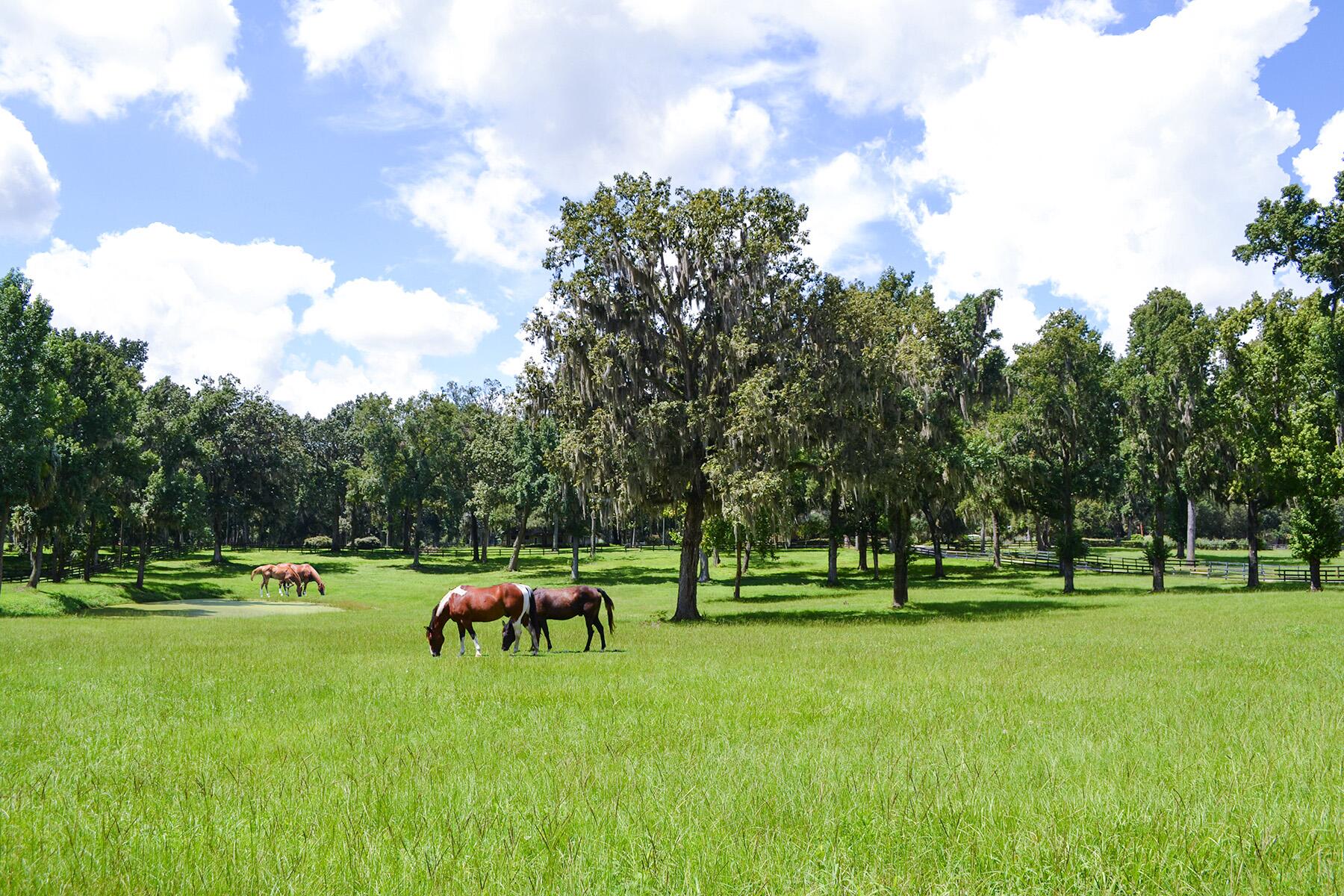One look into the large, tender eyes of this “water hog” and you’ll fall in love.
The capybara is 77 to 150 pounds of giant, water-loving-rodent cuteness. An animal that bears the mantle of “world’s largest rodent” doesn’t sound like the most adorable thing you can imagine but this creature—from its appearance to its demeanor—truly pulls out all the stops.
You know you’re looking at a capybara if you’ve come face to face with what essentially appears to be a large (extra large) guinea pig. They have stout bodies, rectangular heads, no tails, and little ears.
Though they’re known by a few different names throughout their native South America, the word “capybara” derives from their Tupi name which roughly translates to “one who eats slender leaves.” Its Latin name is less ethereal, translating simply to “water hog.”
To be fair, these guys do really, really love the water. For one thing, they’re made for it. They have webbed feet to help them swim and, while they can’t breathe underwater, they can stay underwater with just their nose sticking out for a seriously long time. (Which, technically a lot of animals can do but the capybara’s especially good at it.) These semi-aquatic creatures spend a lot of time in the water whether they’re eating vegetation or evading predators. And just like anyone else at the end of a long day, they love a good bath. And though they’re decidedly mammalian, they have been categorized as fish before…by the Catholic church. The Vatican found their webbed feet and affinity for the water as grounds to declare the capybara a fish so that it could be eaten during Lent, a time when meat is forbidden on Fridays but seafood is allowed.
Recommended Fodor’s Video
After all this you may be thinking, Just tell me where I can see this cutie already! A good bet, naturally, is in the wild in South America where they originate. However, if you do see one in the wild, make sure to keep your distance (as difficult as that may be), as they’re–at the end of the day–not domestic pets.

They’ve also been making inroads to other places, though. The capybara has become popular in zoos in Japan. Izu Shaboten Zoo is credited with being the first zoo to help its resident capybaras partake in a solstice ritual wherein whole yuzus are placed in onsens. It turns out, because of the caypbara’s semi-aquatic nature, they also enjoy bathing surrounded by yuzu. The practice has become so popular that zoos throughout Japan have started making it so their resident capybaras can soak in the yuzu scented baths.
In 2011, a capybara was spotted in Central California where it kicked up quite a ruckus, crashing golf courses, scaring horses, and chasing dogs. (Although it’s not legal to have a capybara as a pet in the state of California, it was likely someone’s escaped pet and not a sign that the rodents are becoming a permanent fixture of the Salinas River.) There are some states where it’s legal to own them as a pet, although having them around full-time would lead to the viewing of a certain quirk that is decidedly…not cute. The scientific term is autocoprophagia. In layman’s terms…they eat their own feces. They do it in order to help with their digestion and maximize the amount of nutrition they get from their food. But that doesn’t make it the most pleasant thing to watch.

But unlike The Princess Bride’s ferocious Rodents of Unusual Size, these particular rodents are known for their amiable demeanor. Like all the best animals, the capybara gives us a little food for thought regarding what it means to be human. Not only are they’re preternaturally chill (even a pelican literally trying to eat them isn’t enough to get their hackles up), but the social structures of their communities are also incredibly cooperative. While males might have some aggression toward each other, it’s not unusual for females to take care of the offspring of other capybaras. This friendliness even extends to creatures outside of their own species. There seems to be no end to the types of animals that have been photographed cuddling with or lounging on these rodents. Perhaps we too should consider our own patience (or lack thereof) and aspire to take a cue from the humble capybara.



